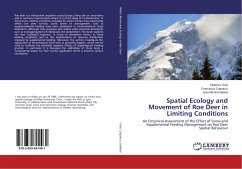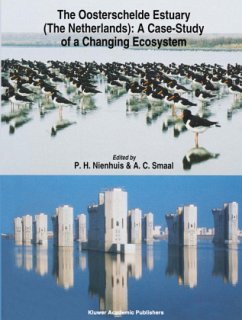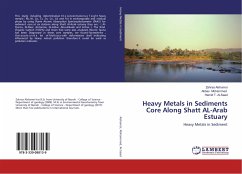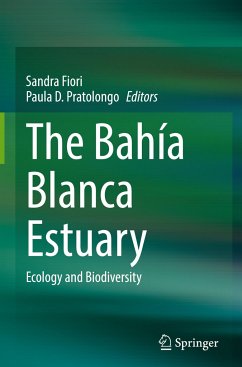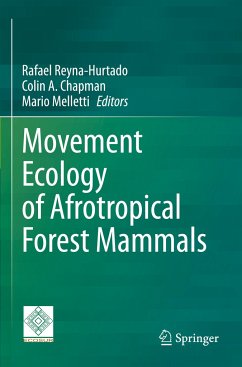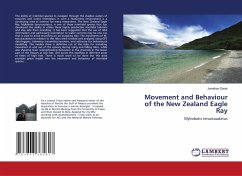
Movement and Behaviour of the New Zealand Eagle Ray
Myliobatis tenuicaudatus
Versandkostenfrei!
Versandfertig in 6-10 Tagen
32,99 €
inkl. MwSt.

PAYBACK Punkte
16 °P sammeln!
The ability of intertidal species to navigate through the shallow waters of estuaries and orient themselves in such a featureless environment is a continuing area of interest for many researchers. The New Zealand Eagle Ray, Myliobatis tenuicaudatus, is one of these intertidal species that has developed the ability to utilize these highly productive intertidal habitats and stay safe from stranding. It has been suggested that the use of tidal information and particularly orientation to water currents may be one cue that is used to avoid stranding on an outgoing tide. The movements of M. tenuicau...
The ability of intertidal species to navigate through the shallow waters of estuaries and orient themselves in such a featureless environment is a continuing area of interest for many researchers. The New Zealand Eagle Ray, Myliobatis tenuicaudatus, is one of these intertidal species that has developed the ability to utilize these highly productive intertidal habitats and stay safe from stranding. It has been suggested that the use of tidal information and particularly orientation to water currents may be one cue that is used to avoid stranding on an outgoing tide. The movements of M. tenuicaudatus in relation to the tides were tracked and analyzed using GPS data-loggers, telemetry transmitter/receivers, and software for behavioural modelling. The models show a definitive use of the tides for transiting movement in and out of the estuary during rising and falling tides, while also showing their resting/feeding behaviour in the channels in the lower part of the estuary at low tide, and across the mudflats in different areas at times of high tide. There is much work to be done but this data provides great insight into the movement and behaviour of intertidal species.





